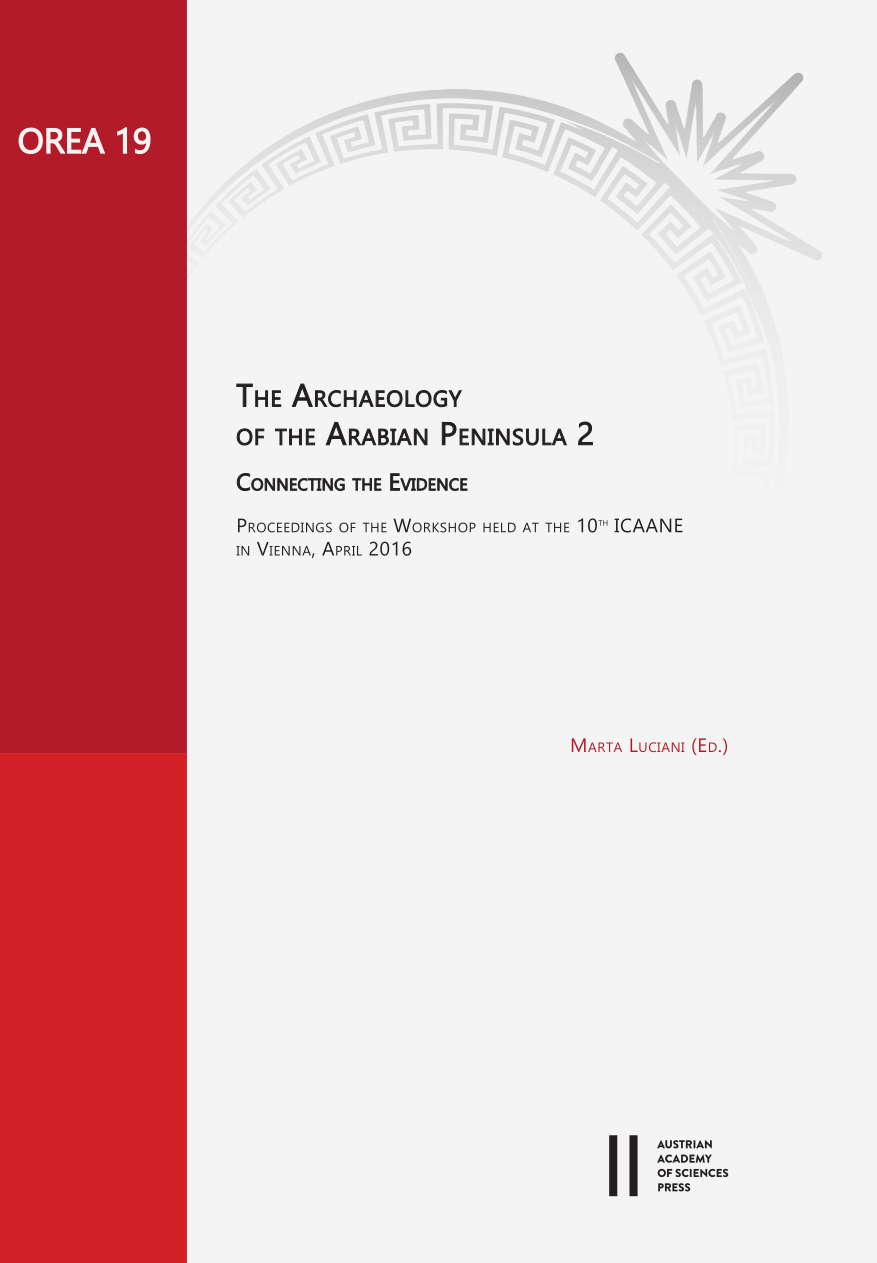
The Archaeology of the Arabian Peninsula 2, pp. 119-148, 2021/12/20
Connecting the Evidence. Proceedings of the International Workshop held at the 10th International Congress on the Archaeology of the Ancient Near East in Vienna on April 25, 2016
Bronze and Iron Age tombs are a critical element in the archaeological landscape of the central Arabian oasisof al-Kharj. The Saudi-French Archaeological Mission in al-Kharj identified 17 necropolises on the ground, two of themcomprising several hundred tombs. In the major necropolis at ‘Ayn al-Ḍila‘, 13 graves were excavated in 2013 and 2016,yielding data on the funerary practices and shedding light on chronological issues. This field approach was completed byremote-sensing analysis of the oasis of al-Kharj which led to the geolocation of c. 6000 tumuli. Spatial analysis of thesegraves shows a distribution strongly dictated by proximity to building material and water sources as much as by land marking.The close proximity of the two main necropolises to palaeolakes raises the issue of the long-lasting activity of thesehydrological features in the area up to the early Bronze Age, questioning the duration of the mid-Holocene humid phasein central Arabia. All in all, remote sensing and fieldwork provide us with an insight into the way of life, appropriation ofland, and resources as well as the funerary practices of semi-mobile protohistoric populations.
Keywords: al-Kharj; Saudi Arabia; Bronze Age; funerary practices; landscape archaeology; spatial analysis